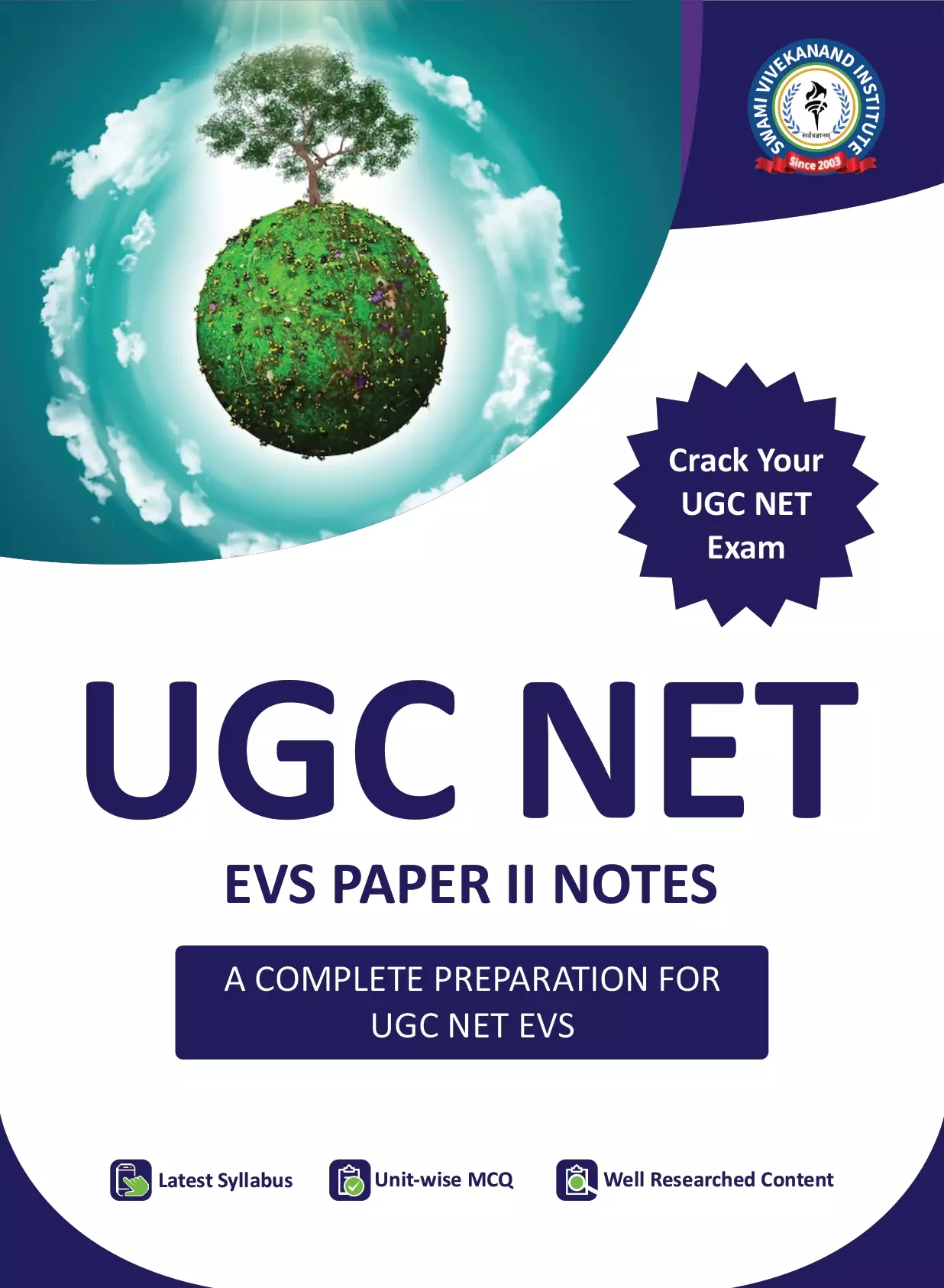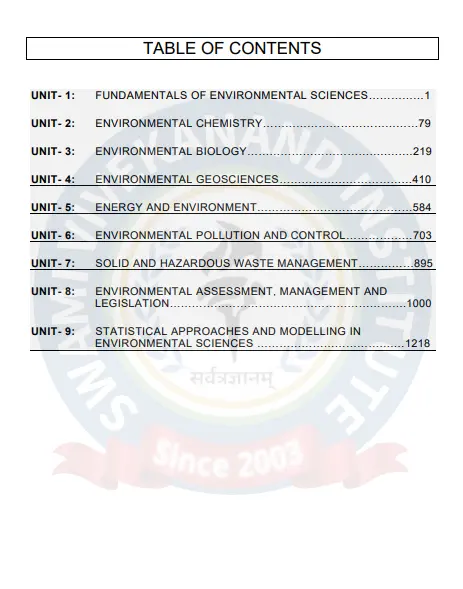Description
EVS Paper 2 Notes: A Comprehensive Overview of Key Units
-
Unit 1: Fundamentals of Environmental Sciences
This unit serves as the foundation of environmental sciences, exploring the basic principles, interrelationships, and components of the environment. It covers topics such as ecosystem dynamics, biodiversity, and natural resources.
-
Unit 2: Environmental Chemistry
Environmental chemistry focuses on the study of chemical processes occurring in the environment. This unit explores the sources, fate, transport, and impact of pollutants, as well as the chemistry of air, water, and soil.
-
Unit 3: Environmental Biology
Environmental biology delves into the interactions between living organisms and their environment. This unit covers topics such as population dynamics, ecological relationships, conservation biology, and environmental adaptation.
-
Unit 4: Environmental Geosciences
The study of environmental geosciences involves understanding the Earth’s physical processes and their influence on the environment. This unit explores topics such as weathering, erosion, landforms, geological hazards, and the impact of human activities on the geosphere.
-
Unit 5: Energy and Environment
This unit focuses on the relationship between energy production and its environmental implications. It covers renewable and non-renewable energy sources, energy conservation, sustainable development, and the environmental impact of energy generation.
-
Unit 6: Environmental Pollution and Control
Pollution and its control are crucial aspects of environmental sciences. This unit examines various types of pollution, such as air, water, and soil pollution, as well as the strategies and technologies employed to mitigate and control pollution.
-
Unit 7: Solid and Hazardous Waste Management
Solid and hazardous waste management is essential for maintaining a clean and healthy environment. This unit explores waste generation, collection, treatment, recycling, and disposal methods, as well as regulations and best practices for waste management.
-
Unit 8: Environmental Assessment, Management, and Legislation
This unit focuses on the processes and tools used for environmental assessment and management. It covers environmental impact assessment, sustainable development strategies, environmental policies, and relevant legislation.
-
Unit 9: Statistical Approaches and Modelling in Environmental Sciences
Statistics and modelling play a crucial role in understanding and predicting environmental phenomena. This unit introduces statistical methods and modelling techniques used to analyze environmental data, make predictions, and assess environmental risks.
These EVS Paper 2 notes provide a comprehensive and informative resource for students, researchers, and professionals interested in the diverse aspects of environmental sciences. With detailed explanations and practical applications, these notes serve as a valuable reference for understanding the complexities of the environment, its interactions, and the strategies for sustainable environmental management.
for distance courses requirement click here







sumit
a good and very helpful book.
kuldeep kaur
very helpful book and readable and understandable